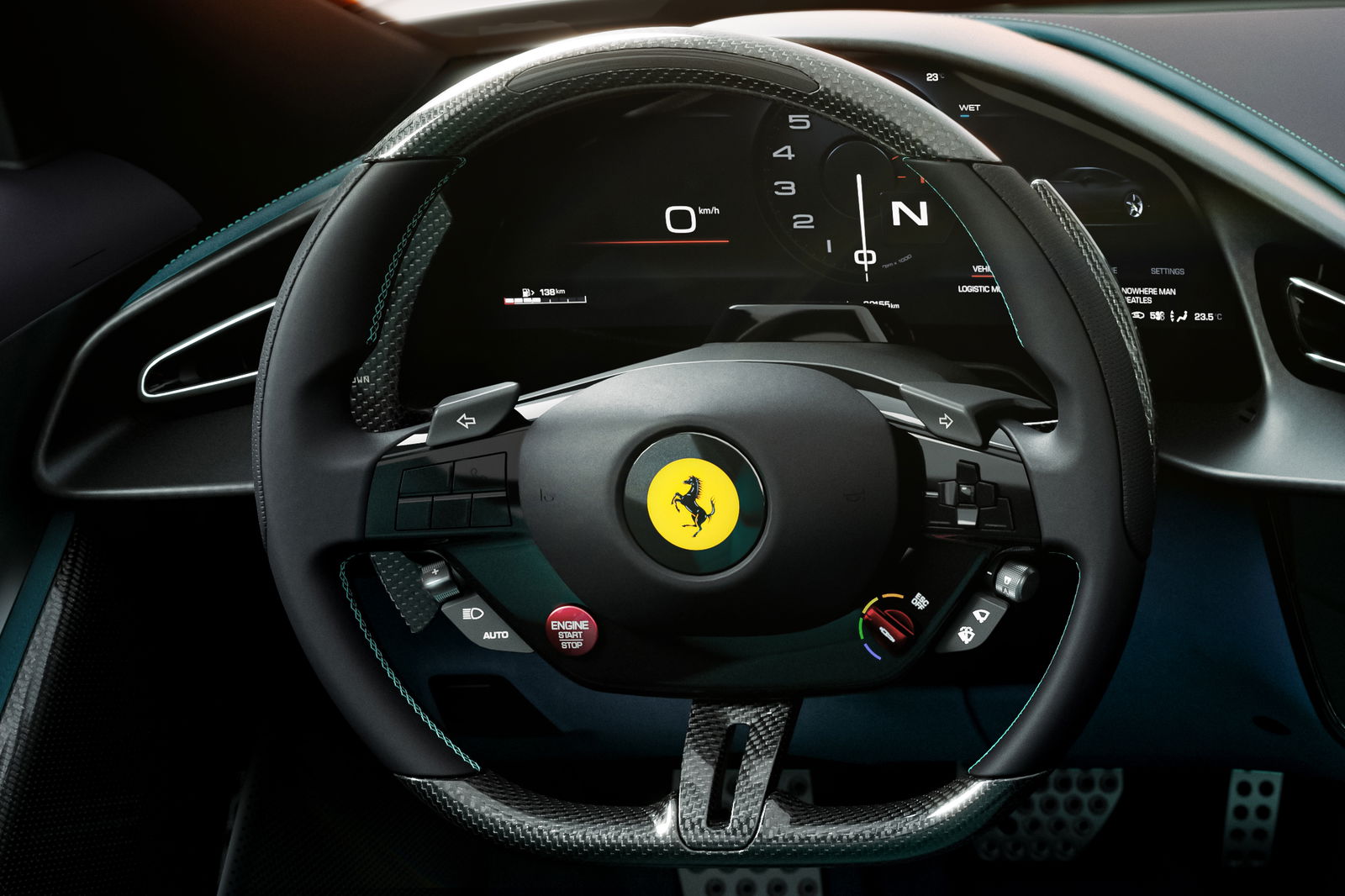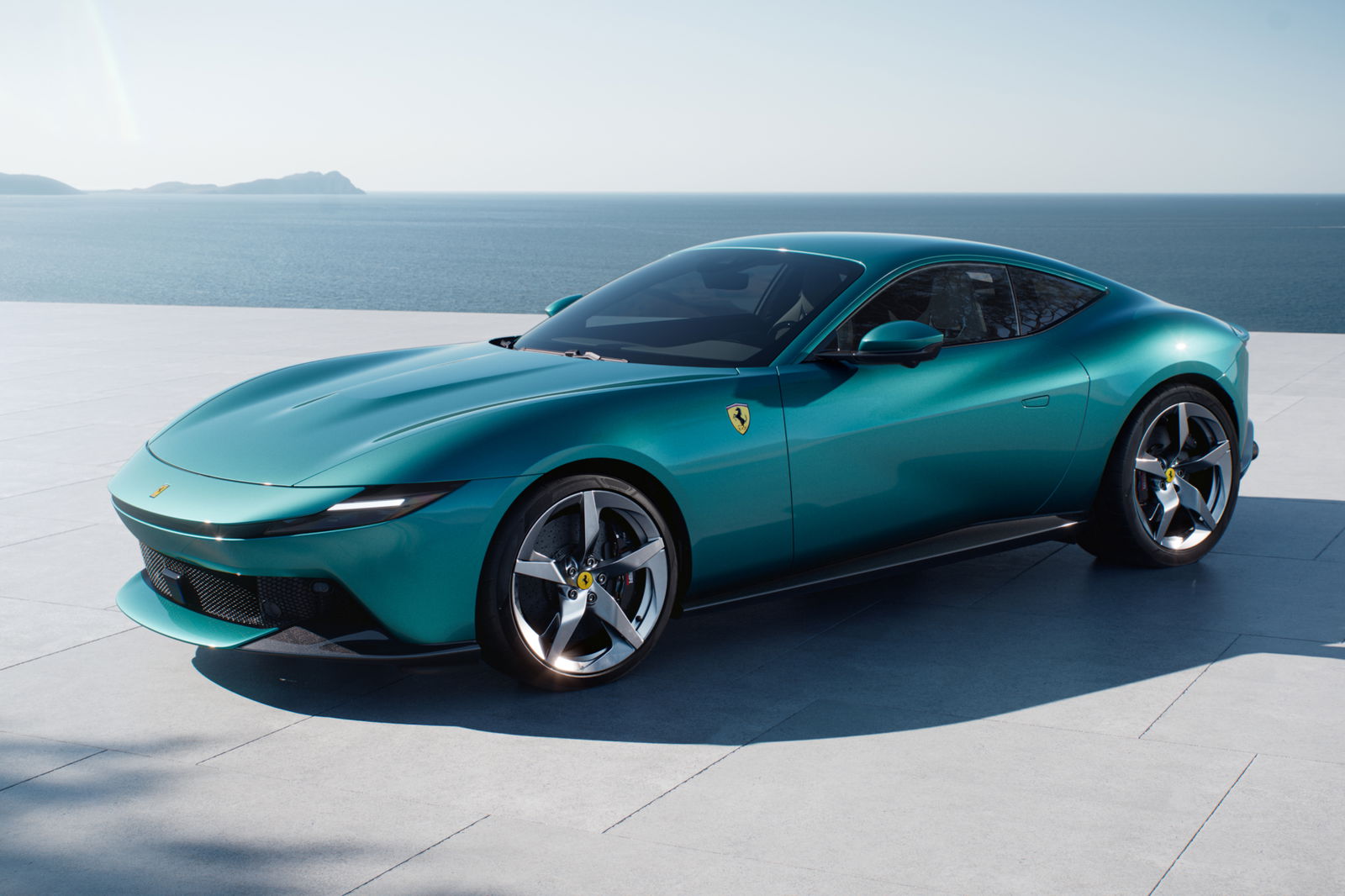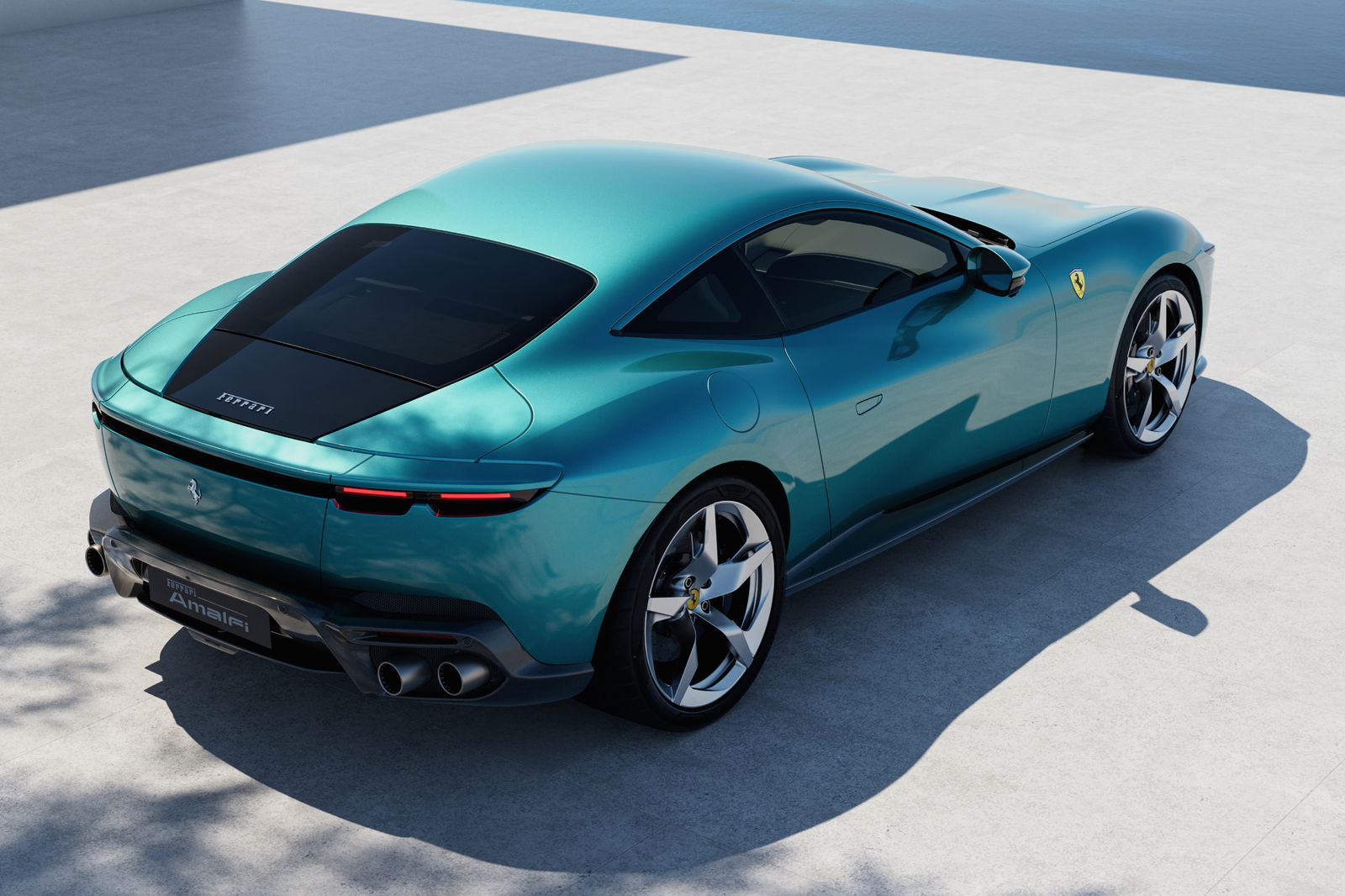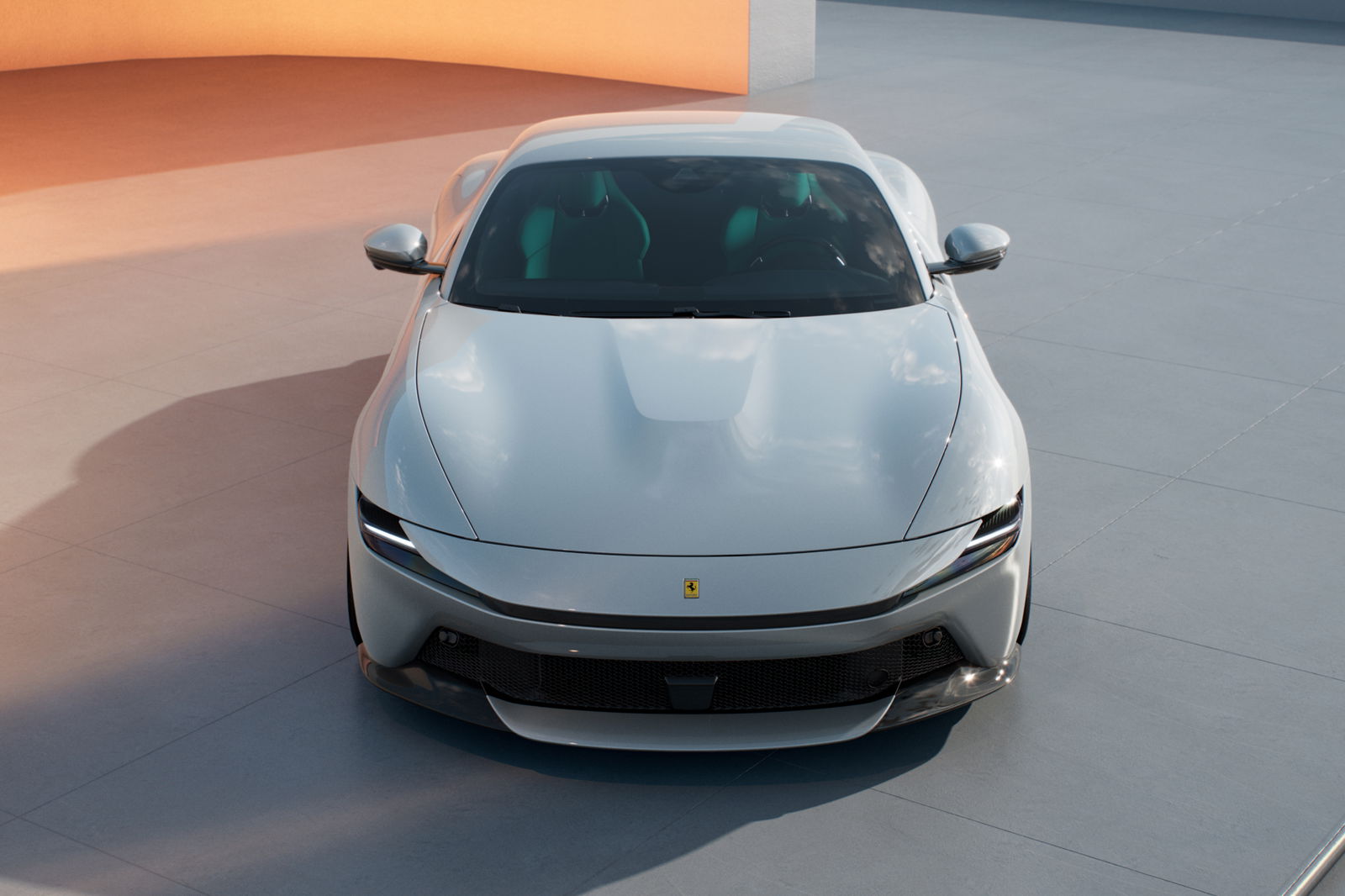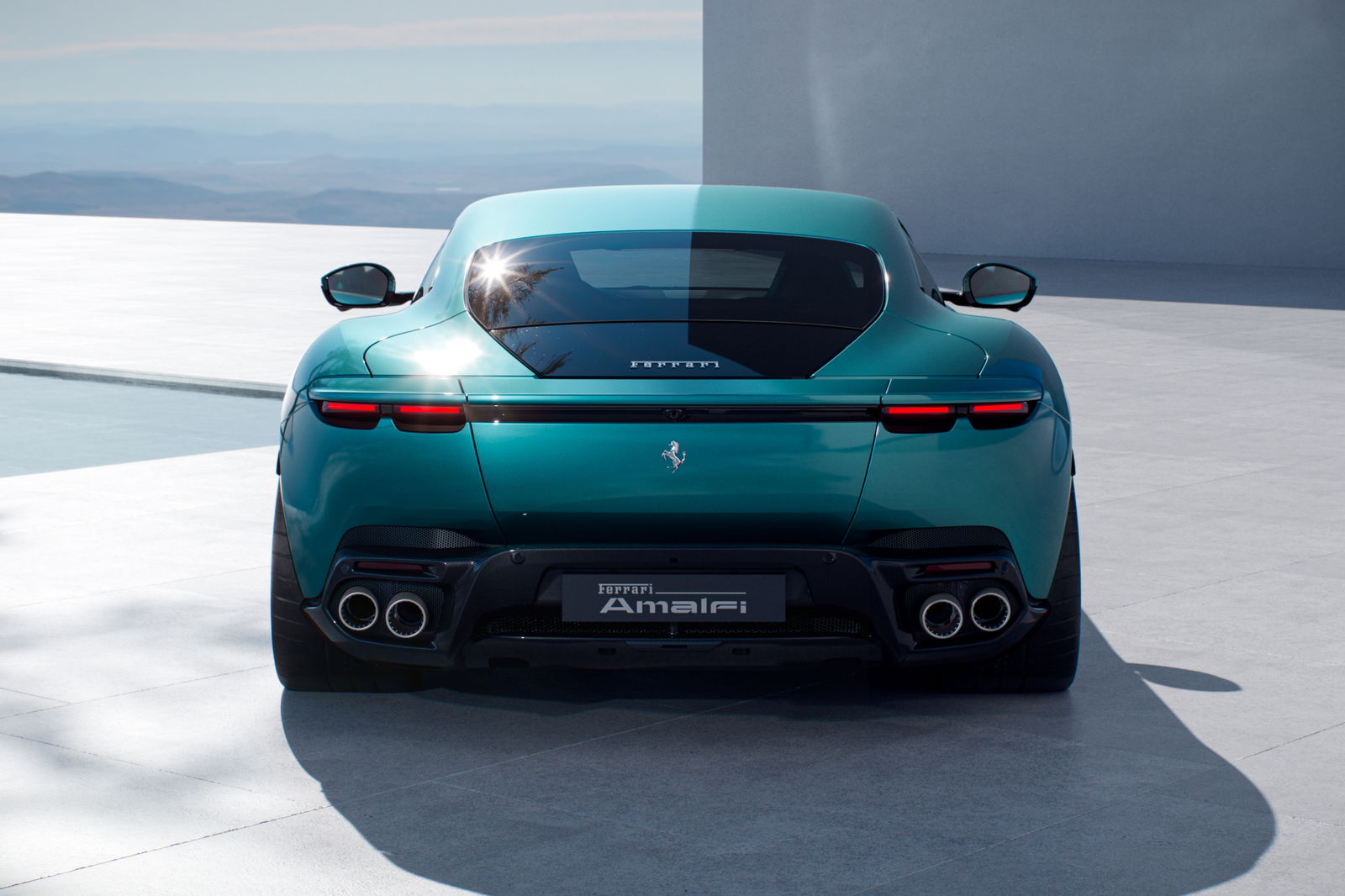Ferrari first experimented with putting touch-sensing (or haptic controls in its SF90 supercar, which launched in 2019, just as the wider industry was starting to make the same moves.
Subsequent models have also featured the technology, though customers were quick to criticise the lack of physical buttons and knobs, with touch-sensing controls being more difficult – and in some cases dangerous – to operate on the move.
However, at the reveal of the new Amalfi grand tourer, Ferrari’s commercial boss Enrico Galliera admitted the brand had overlooked the potential flaws to the technology.
“When we decided to create the SF90, the brief was to have the most performing Ferrari ever. We wanted to establish a distance versus our competitor. To achieve that, we put in all the most advanced available technologies,” Galliera said, as reported by Autocar.
“So, we pushed our team to redesign the digital interaction. When we started this job, the idea was, when we interact with our phone is a touch, and the more you use the touch button the more you are quick in the execution, which, in principle, is absolutely true. So all the development was done following this path and these rules.
“The final execution was, I think, extremely innovative, but we didn’t consider then when you use it, you’re also driving and the end result [goes against] our objective of eyes on the road, hands on the steering wheel.”
“So this is the why we did it, because we wanted to have the most advanced system, and we realise, honestly, that it was probably too advanced and not 100 per cent perfect for the use that is done in the car. So this became clear and it was feedback that we received very loudly from our clients.
“We believe that still the digital interaction has an advantage, but it should be blended in a way that the most used button should be physical, and some of them, like the start/stop, which are iconic, representing part of the history, should be there for this reason.”
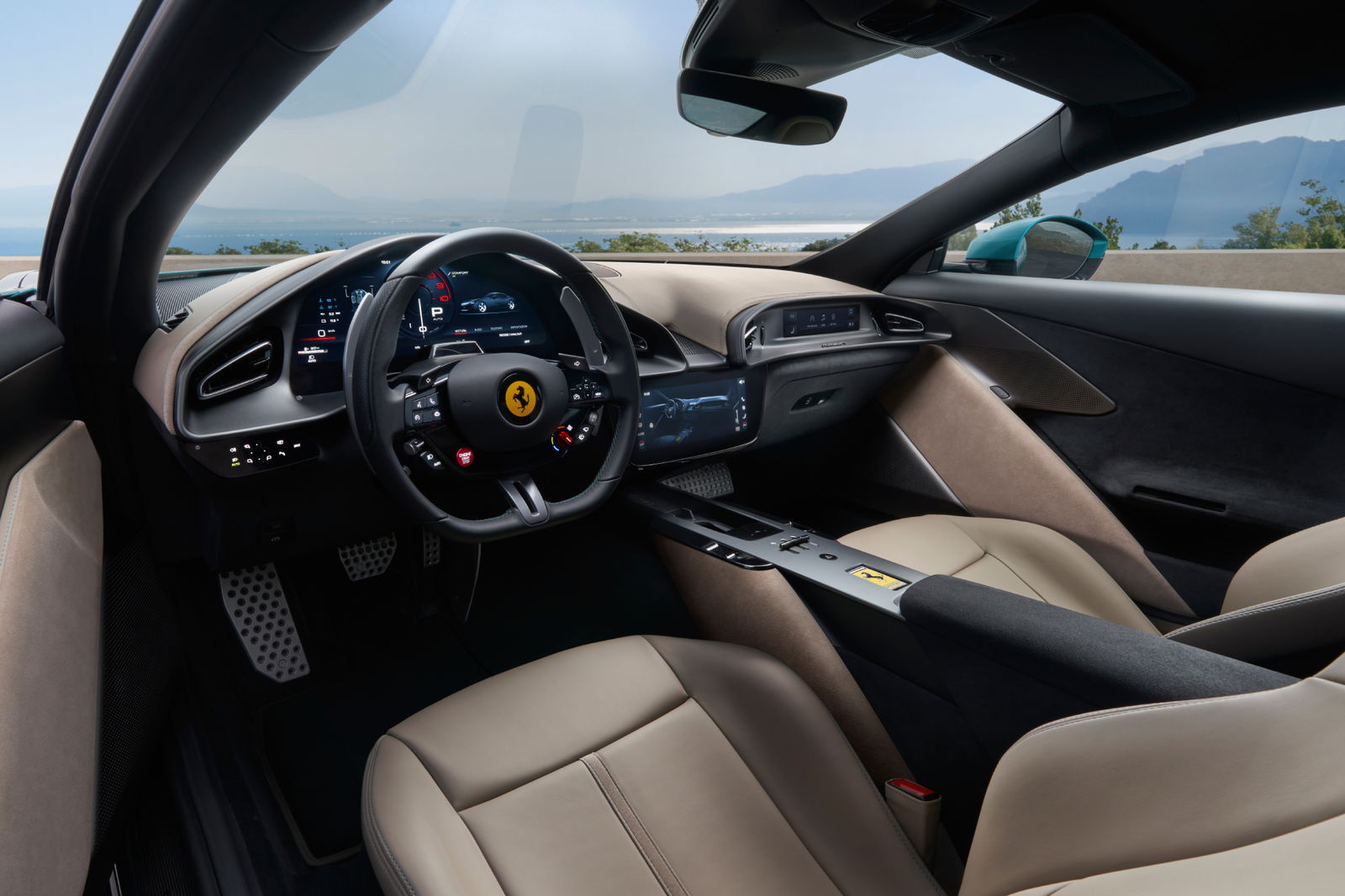
According to Galliera, the Amalfi will be the beginning of this new approach, which “will be deployed in every new launch we put in the market”.
“We will rebalance the ratio between digital buttons and physical buttons.”
Ferrari isn’t the first brand to walk back its approach to haptic controls, with arguably the most famous case being that of Volkswagen, which went as far to say touch-sensing buttons were a “mistake”.
Still, buyers of the Amalfi will likely be paying more attention to the rest of the car than just what controls are inside the cabin.
The successor to the Roma grand tourer, the Amalfi rides on the same platform as its predecessor but gets almost entirely new bodywork, while its twin-turbo 4.0-litre V8 engine has also been tweaked.
Now producing 471kW, it’s 14kW more powerful, though torque remains at a very healthy 761Nm. An eight-speed dual-clutch automatic transmission continues to send drive to the rear wheels, and Ferrari claims a 0-100km/h time of 3.3 seconds.
While its general design appears to be a cross between the Roma and the Purosangue, the new looks – as well as some underbody tweaks – have helped to make the Amalfi more aerodynamic, with Ferrari claiming its new active rear wing can generate up to 110kg more downforce than its predecessor.
Ferrari has also fitted it with Formula 1-esque drive-by-wire brakes, helping to make it more driveable.
Inside the cabin there are three screens – a 15.6-inch digital instrument cluster, a 10.25-inch infotainment touchscreen and 8.8-inch passenger display – which are contrasted with an interior ‘bridge’, made from aluminium.
The Amalfi hasn’t totally replaced the Roma, with the Roma Spider remaining on sale in Europe until a convertible version of the new model arrives.
Torquecafe has contacted Ferrari Australia to find out when the Amalfi will come to local showrooms.
